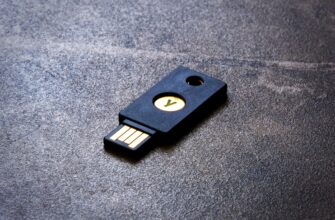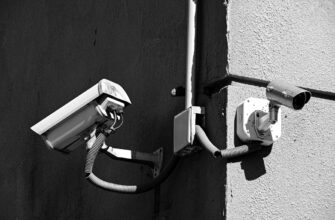Private keys are the gatekeepers to your cryptocurrency wallets, decentralized identities, and sensitive digital assets. Losing a private key means losing access forever—but storing it improperly can expose you to theft or surveillance. This guide explores proven methods to back up private keys anonymously, ensuring security without compromising privacy.
## Why Backup Private Keys Anonymously?
Backing up a private key anonymously prevents attackers from linking it to your identity, physical location, or online activity. Even if someone discovers your backup, anonymity adds a layer of protection against targeted attacks. This is critical for:
– Privacy-focused users
– High-net-worth crypto holders
– Activists or journalists avoiding surveillance
## 5 Methods to Backup Private Keys Anonymously
### 1. Offline Storage with Physical Security
– **Engrave on Stainless Steel**: Use corrosion-resistant plates to etch keys (e.g., CryptoSteel).
– **Split into Shamir’s Secret Shares**: Divide the key into multiple parts requiring a threshold to reconstruct.
– **Store in Geographically Dispersed Safes**: Use anonymous rental storage or hidden locations.
### 2. Encrypted Cloud Storage via Tor
– **Encrypt with VeraCrypt**: Create a hidden volume for your key file.
– **Upload to Cloud via Tor**: Use anonymous email accounts (ProtonMail, Tutanota) and cloud providers like Sync.com.
– **Avoid Metadata Leaks**: Strip file metadata and use generic filenames (e.g., “vacation_photos.zip”).
### 3. Decentralized Storage Networks
– **IPFS (InterPlanetary File System)**: Upload encrypted keys to a distributed network.
– **Arweave or Sia**: Pay with privacy coins (Monero, Zcash) for permanent, anonymous storage.
– **Use Decentralized Identifiers (DIDs)**: Link backups to a blockchain-based ID untethered from your real identity.
### 4. Hardware Wallets with Pseudonyms
– **Buy Wallets Anonymously**: Purchase Ledger or Trezor devices with cash or Monero.
– **Generate New Wallet Addresses**: Never reuse addresses tied to transactions.
– **Store Recovery Phrases Separately**: Split phrases across anonymous locations.
### 5. Paper Wallets with OPSEC
– **Print Offline on Air-Gapped Devices**: Use a dedicated laptop without internet access.
– **Laminate with UV-Resistant Sleeves**: Prevent degradation from light/moisture.
– **Hide in Plain Sight**: Camouflage as books, artwork, or household items.
## Best Practices for Anonymous Backups
– **Never Store Digitally in Plaintext**: Always encrypt, even on offline devices.
– **Test Recovery First**: Verify backups work before deleting originals.
– **Avoid Third-Party Tools**: Use open-source software like KeePassXC or Electrum.
– **Rotate Backup Locations**: Update storage sites periodically.
## FAQ: Anonymous Private Key Backups
### Q1: Can I recover a key anonymously if I lose access?
A: Only if you’ve pre-configured decentralized recovery methods (e.g., social recovery via anonymous contacts) or stored Shamir’s shares securely.
### Q2: Are hardware wallets truly anonymous?
A: Yes, if purchased without KYC and used with Tor/VPN. Avoid linking them to exchange accounts.
### Q3: What’s the biggest risk in anonymous backups?
A: Losing access due to overcomplication. Balance security with usability.
### Q4: Can I use biometrics for encryption?
A: Avoid biometrics—they’re tied to your identity and can’t be reset if compromised.
### Q5: How often should I update backups?
A: Only when generating new keys. Frequent changes increase exposure risk.
## Final Thoughts
Anonymous private key backups require meticulous planning but are essential for high-stakes crypto operations. Combine offline storage, encryption, and decentralized tools to create redundancy without sacrificing privacy. Regularly audit your methods to stay ahead of evolving threats.








